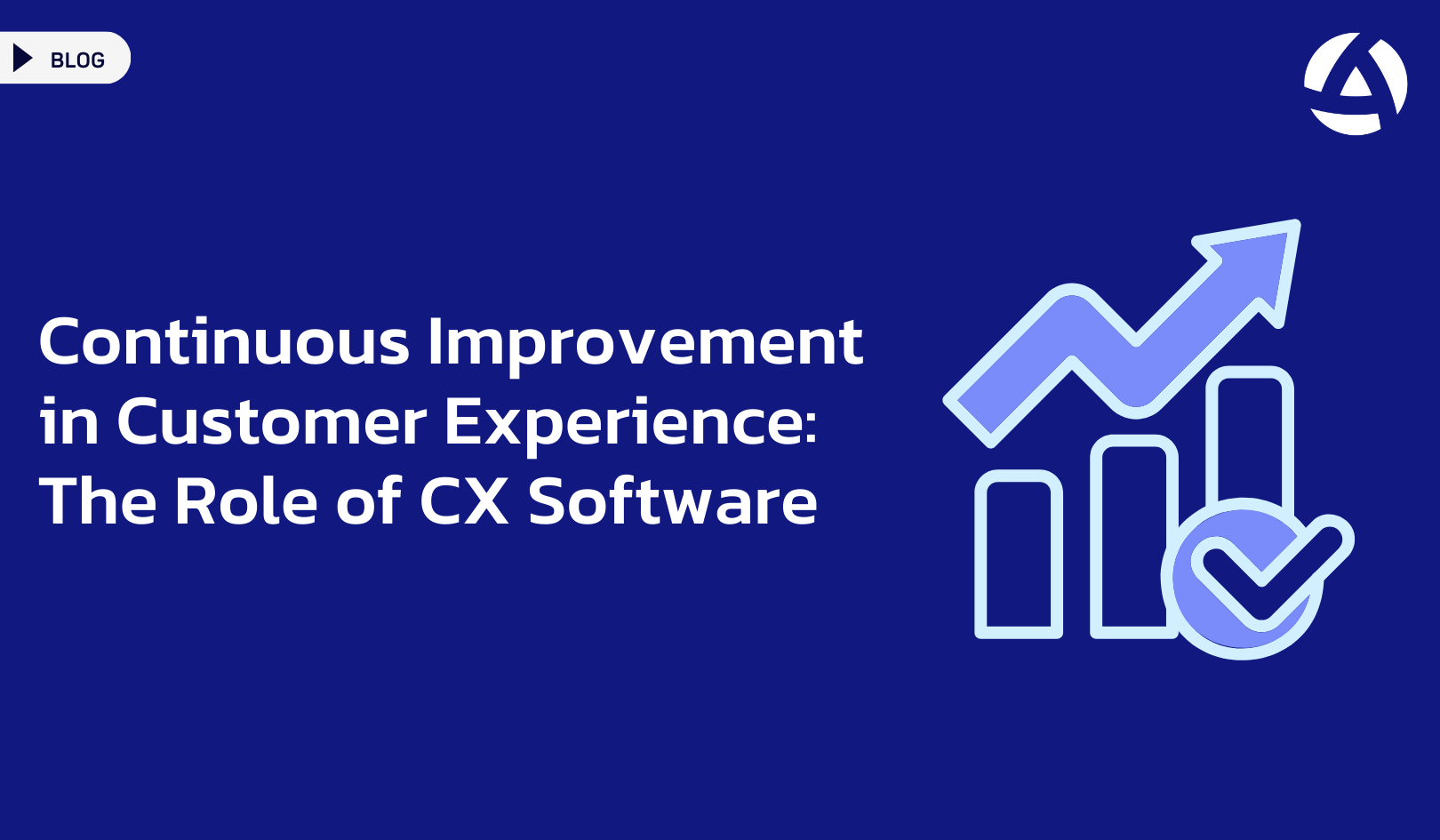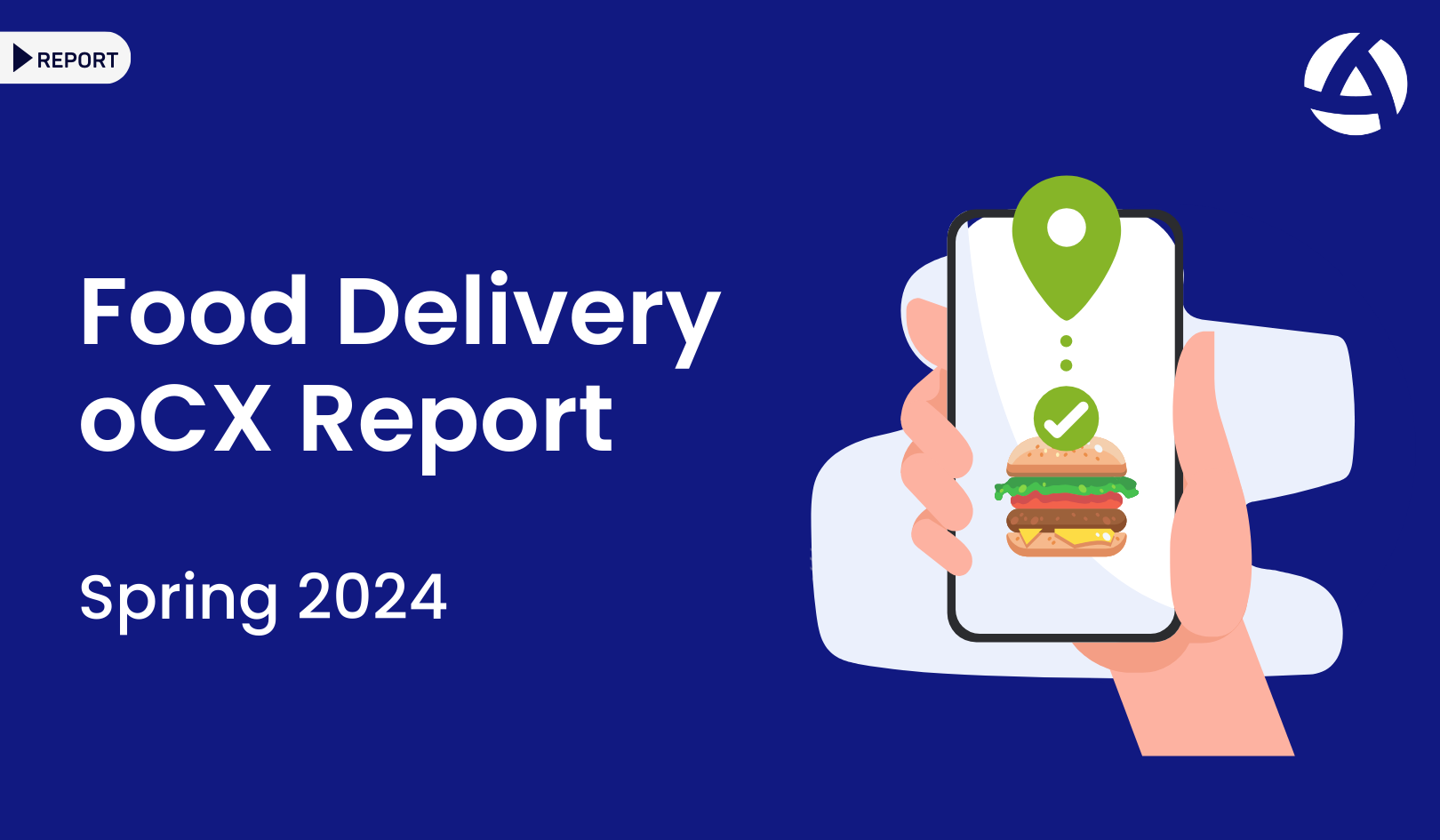Businesses constantly search for better ways to connect with their customers. Customer engagement software has emerged as a key tool that helps companies build stronger relationships with their audience while streamlining communication processes. This technology has changed how teams approach customer interactions across multiple channels.
What is Customer Engagement Software?
Customer engagement software encompasses platforms that help businesses interact with customers throughout their journey. Unlike basic communication tools, modern customer engagement software integrates multiple functions:
- Unified communication channels – email, social media, live chat, and phone support in one platform
- Customer data management – tracking interactions and preferences over time
- Automation capabilities – sending personalized messages based on specific triggers
- Analytics and reporting – measuring engagement effectiveness across channels
These features work together to create consistent experiences regardless of how customers choose to interact with your brand.
Benefits Beyond Communication
When implemented effectively, customer engagement software delivers measurable improvements across organizations. Marketing teams gain deeper insights into customer preferences. Support representatives access complete interaction histories. Sales teams identify promising leads through engagement patterns.
The real value comes from how this software breaks down departmental silos. When everyone works from the same customer data, businesses can deliver more cohesive experiences that build trust and loyalty.
Choosing the Right Customer Engagement Solution
Selecting appropriate customer engagement software requires understanding your specific business needs. Consider these factors when evaluating options:
- Integration capabilities – How well does it connect with your existing tech stack?
- Scalability – Will it grow with your business needs?
- Mobile functionality – Can your team use it effectively on the go?
- Customization options – Does it adapt to your unique workflows?
- Training requirements – How steep is the learning curve?
Small businesses might start with simpler solutions focused on specific channels, while enterprise organizations typically need more comprehensive platforms that unify all customer touchpoints.
Implementation Strategies That Work
Successful adoption of customer engagement software depends on thoughtful implementation. Start with clear goals for what you want to achieve. Train team members thoroughly and gather their feedback regularly during the early stages.
Many companies find success by implementing in phases rather than attempting a complete overhaul overnight. Begin with core features that address your most pressing needs, then expand as your team becomes comfortable with the system.
Measuring Success
The effectiveness of customer engagement software should be measured through specific metrics:
- Customer satisfaction scores
- Response time improvements
- Retention rate changes
- Revenue increases from existing customers
- Team productivity gains
Regular reviews of these metrics help refine your approach and demonstrate the return on investment in customer engagement technology.
Looking Forward
Customer engagement software continues to evolve with advances in artificial intelligence and machine learning. These technologies are making customer interactions more personalized while requiring less manual intervention from team members.
Businesses that thoughtfully implement and continuously optimize their customer engagement software position themselves to build stronger relationships with their audience while operating more efficiently. In a competitive marketplace, this combination of improved customer experience and operational effectiveness creates meaningful advantages that extend well beyond individual interactions.
Frequently Asked Questions
How long does it typically take to implement CES?
Implementation timelines vary based on your organization’s size and the complexity of the software. Small businesses might be up and running in 2-4 weeks, while enterprise-level implementations can take 3-6 months for full deployment and adoption.
Are customer engagement softwares worth the investment for small businesses?
Yes. While enterprise solutions may be costly, many vendors offer scaled-down versions specifically designed for small businesses at accessible price points. The improvements in customer retention and team efficiency typically deliver positive ROI within the first year.




